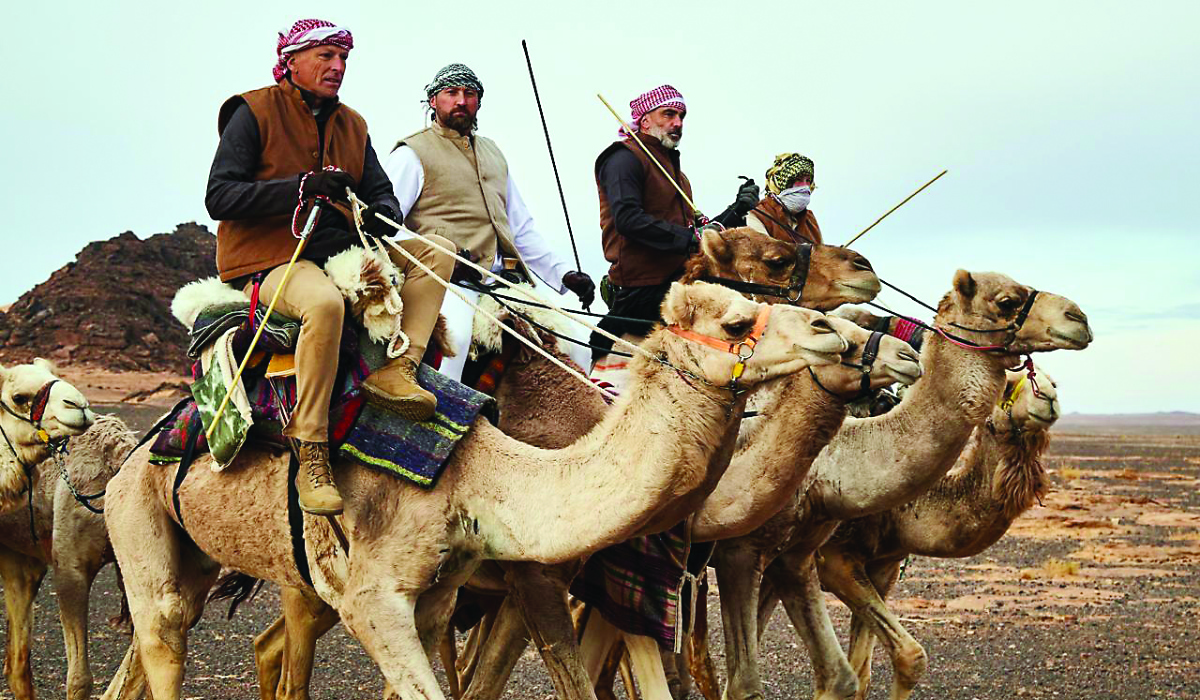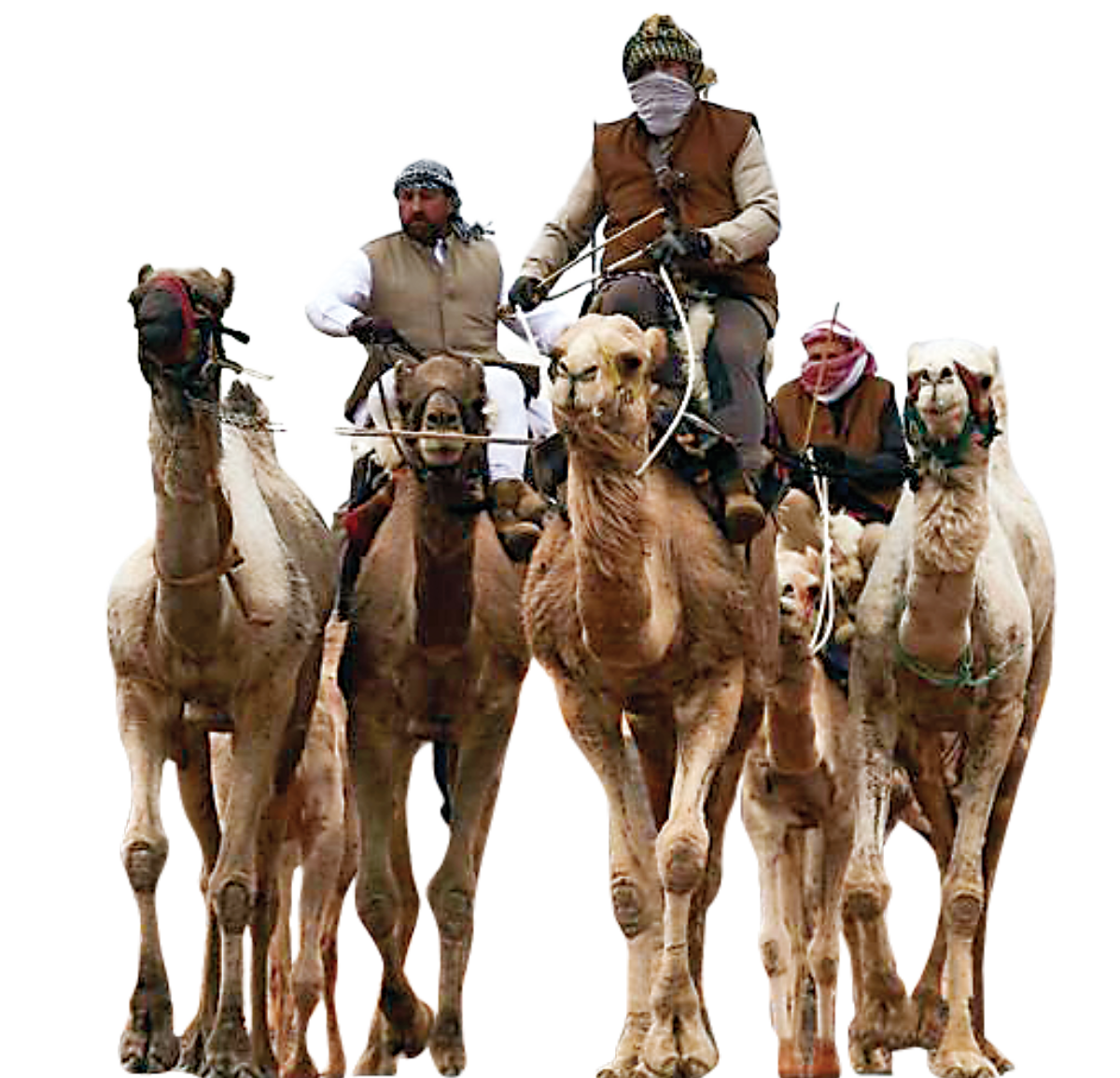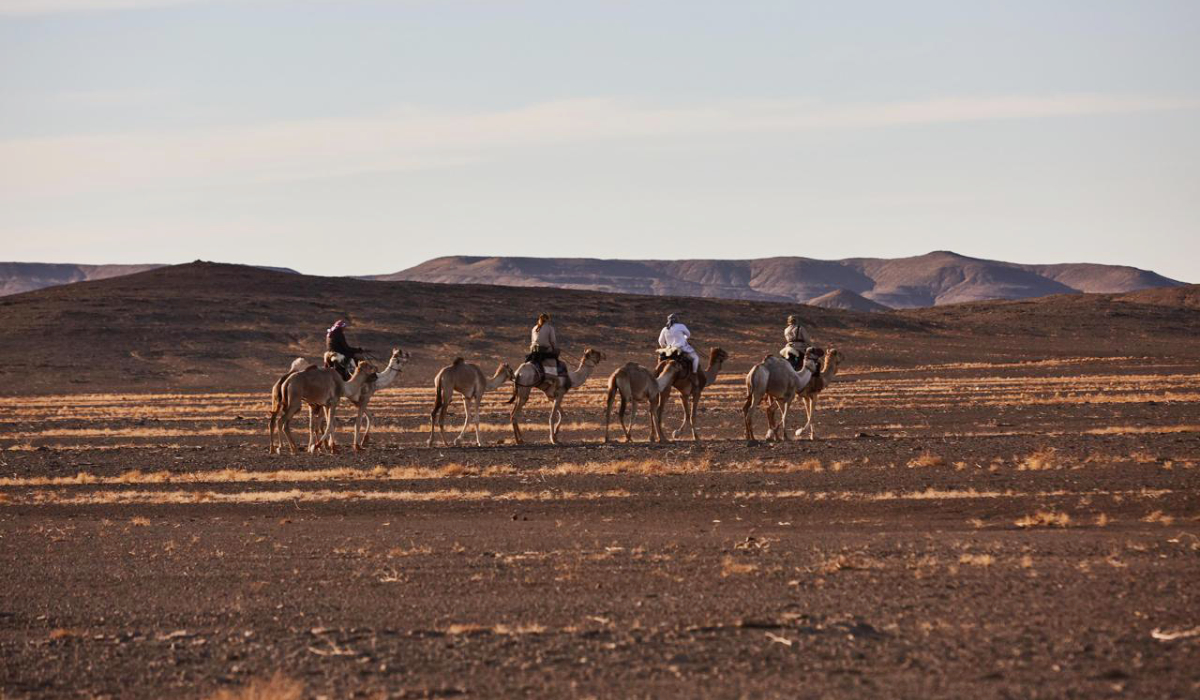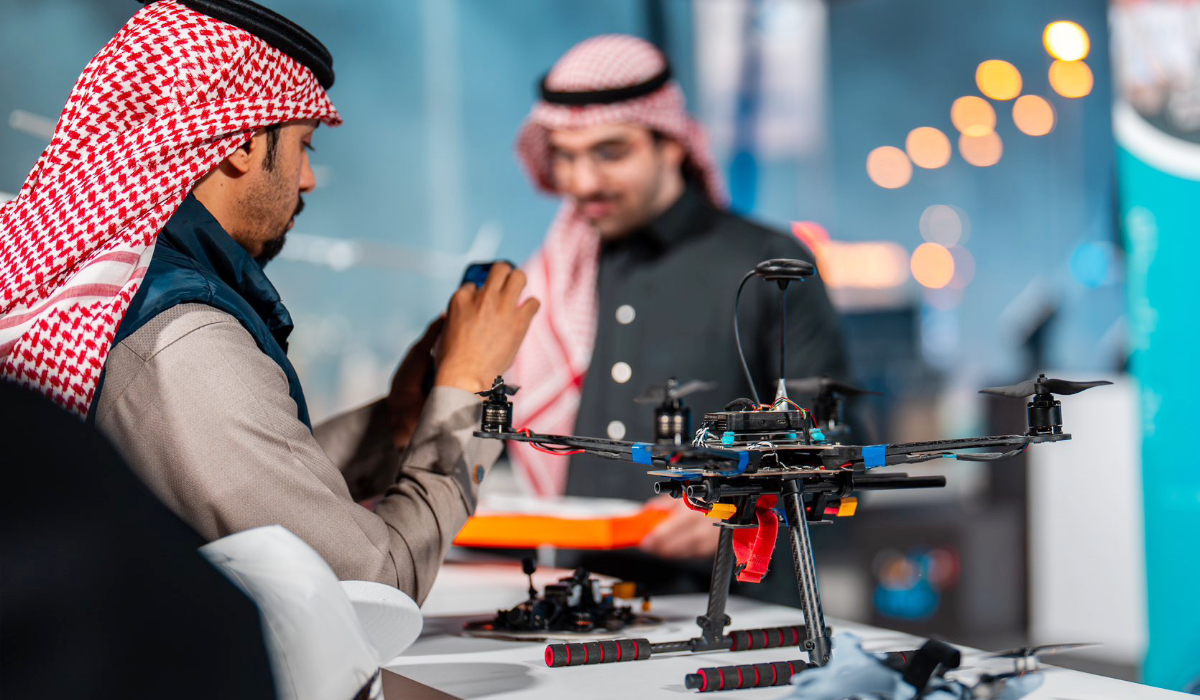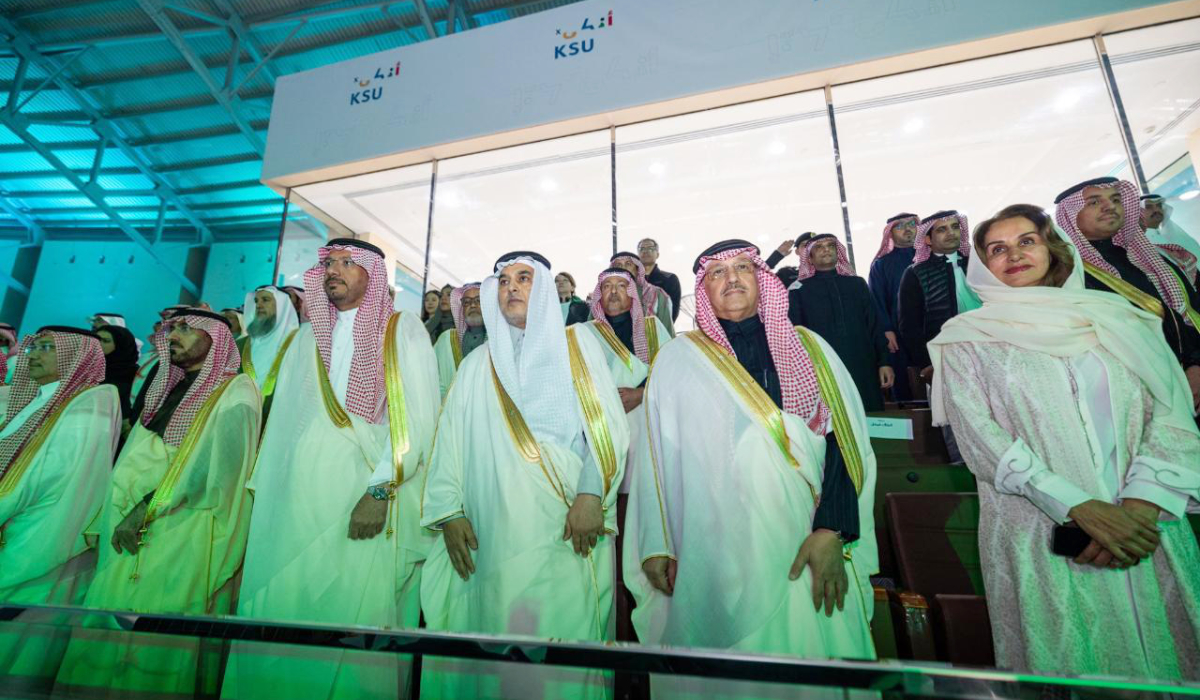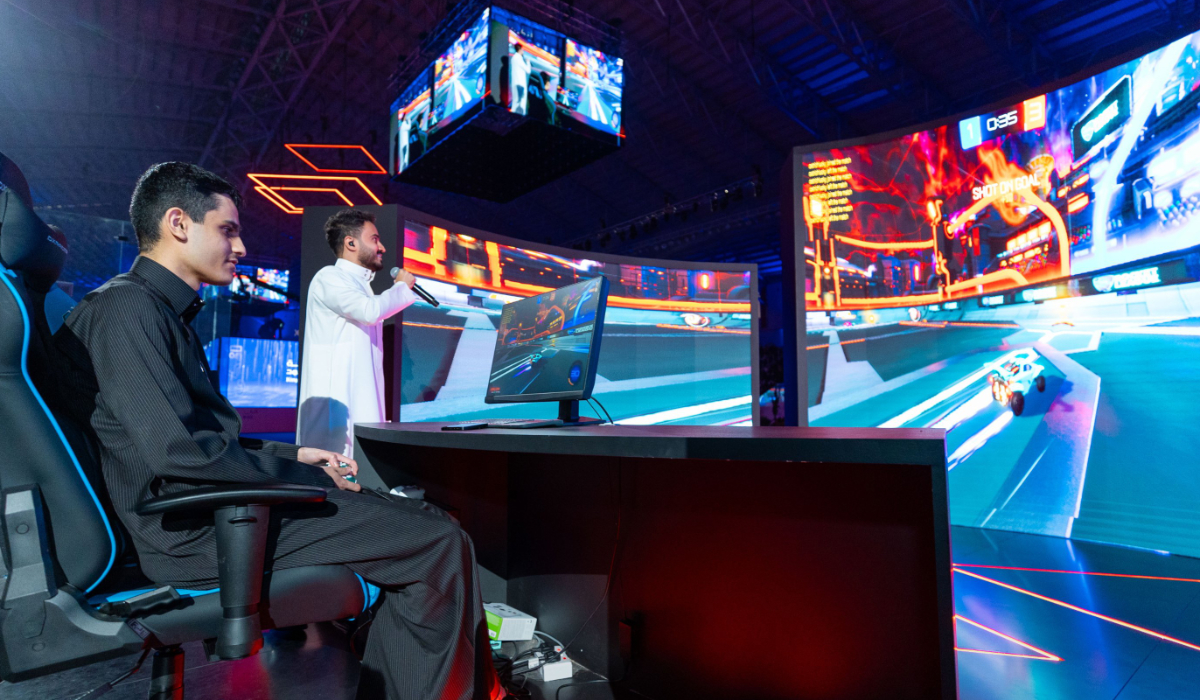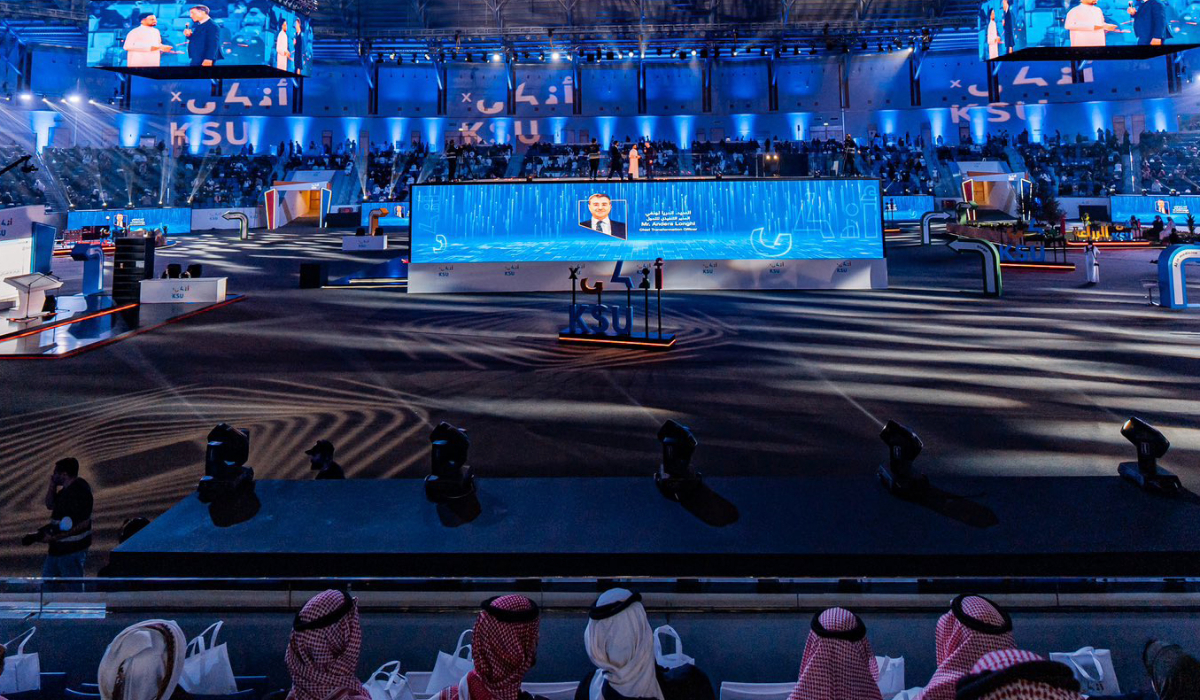RIYADH: Top regional executives spoke about how having a deep understanding of the Kingdom’s culture was crucial in the creative industries, during the Athar — Saudi Festival of Creativity in Riyadh on Wednesday.
Leo Borges, executive creative director of Havas Middle East, spoke to Arab News about how Saudis had the opportunity to mold the creative industry.
“What I would say and sort of like what I want to see coming out of Saudi, is a creative culture that’s specific (to) here, it’s about Saudi people.”
He said that the baseline for the creative industry was understanding the audience.
“If you’re working in Saudi, they need to understand Saudi. They need to understand the culture. They need to understand the times. They need to understand the context in which their message is going to be, it’s going to be displayed.”
Borges went on to highlight the stark difference between sports marketing and other industries.
“I think sports marketing is different from other kinds of marketing because of the passion that the audience has for this sport, or for the teams, or for the players,” he said.
“So in this space, rarely the brand is the number one thing, right? Like people don’t necessarily love Adidas. They love Adidas because Adidas is sponsoring the team.”
Speaking at the “Leaders and Visionaries: CMOs Unplugged” session, panelist Ammar Alamro, director of marketing and communications at the Saudi Sports for All Federation, or SFA, in Riyadh, described his focus on “human insight” as opposed to “local insight.”
With more than 40 percent of non-Saudis living in the Kingdom, Alamro told Arab News that the Saudi Sports for All Federation targeted everyone when crafting their campaigns to encourage physical activity.
“With that, we need to understand who is in the Kingdom, and from a recent study, it showed that 42 percent of the Kingdom are not Saudis,” he said. “When we craft our campaigns or our communication we want to make an impact in the Saudi population, and people living in Saudi.”
Before creating a marketing strategy, SFA will research and developed a program that takes into account the different levels of physical activity within the Kingdom — active, semi-active, and inactive.
“We try, in SFA, with all our programs to cater to everyone in the Kingdom, because our target audience is everyone in the Kingdom.”
Since SFA’s restructuring in 2018 to increase the ratio of individuals exercising at least once a week to 40 per cent by 2030, the federation had seen a positive reaction from the community with exponential growth in physical activity.
The “physical activity level in the Kingdom in 2018 was 13 percent ... In 2021, the physical activity level in the Kingdom reached 48 percent, which is great, and now we’re changing the targets and increasing the targets, actually, beyond 40 percent to achieve more targets in 2030.”
Since joining the SFA in 2023, Alamro has played a pivotal role in promoting and growing events, including the Riyadh Marathon, Tough Mudder, the SandClash CrossFit competition.
The session also brought together industry leaders, Najeeb Jarrar, CMO at Google MENA, Aamir Allibhoy, regional chief marketing officer at Tim Hortons, MENA, and was moderated by Ashish Verma, global head of Bloomberg Media Studios, who all shared insights on navigating the rapidly evolving creative landscape in Saudi Arabia.
The festival will conclude with the Athar Awards ceremony on the evening of Nov. 6.










